10 Acini de Pepe Swaps for Your Favorite Soups
Acini de pepe substitute options can rescue your recipe when this tiny pasta proves elusive in grocery store aisles.
Popular Italian pearl-shaped pasta sometimes requires alternatives due to availability or dietary constraints.
Similar small pasta shapes cook alike and provide comparable texture in soups and salads.
Ideal substitutes maintain that pleasantly chewy bite while blending well with other ingredients.
Home cooks have successfully used various stand-ins that respect the dish’s original character.
From common pantry items to specialty pastas, you’ll find a perfect match to keep your recipes authentic and delicious.
Acini de Pepe: Cultural and Culinary Histor
Acini de pepe, meaning “seeds of pepper” in Italian, are tiny round pasta shapes that have found a special place in both traditional and modern cooking, carrying with them a rich cultural history.
Acini de pepe originated in Italy, where they are used in classic soups like Italian Wedding Soup, valued for their delicate size and smooth texture.
In Italian culture, their small, round shape is seen as a symbol of luck and prosperity, making them popular in celebratory dishes.
Italian immigrants brought acini de pepe to America, where the pasta became a pantry staple for families looking to recreate comforting meals from home.
Besides soups, acini de pepe stars in desserts like Frog Eye Salad, a sweet, creamy fruit salad popular in the American West.
Today, these tiny pastas are used in salads, casseroles, and even as a playful addition to stews and brothy dishes for added texture.
Their small size makes them a favorite for children and a go-to in recipes for young eaters.
Why Acini de Pepe Can Be Hard to Find in Stores
Acini de pepe is a well-loved pasta, but it’s not always easy to find on store shelves, and there are a few reasons why this happens:
Perfect Acni di Pepe Substitutes to Choose
When Acini di Pepe isn’t available, you can continue cooking without stress by turning to another option that easily integrates into the recipe. This approach keeps your preparation on schedule and ensures nothing is left unfinished.
Orzo
Orzo is an excellent substitute for acini di pepe due to its similar semolina composition and versatile nature in various dishes.
The small, rice-shaped pasta brings a mild flavor and firm texture that works wonderfully in soups and cold salads, including the popular frog eye salads.
Because orzo is slightly larger than acini di pepe, cooking times differ - acini di pepe needs just 4-9 minutes to cook, while orzo requires 8-10 minutes for similar results.
Tubertini
Tubertini, a small tube-shaped pasta with either smooth or ridged texture, is an excellent substitute for acini di pepe in various dishes despite being slightly larger in size.
This semolina-based pasta shines in soups like Minestrone, hearty stews, and even in frog eye salad where acini di pepe is traditionally used.
Proper substitution requires attention to cooking time, as tubertini needs 9-11 minutes to reach perfect tenderness, which is longer than what acini di pepe demands.
The weight difference between these pastas also matters significantly - 1/3 cup of tubertini weighs about 5.
Angel Hair Pasta
Substituting acini di pepe with angel hair pasta can save your recipe when the original ingredient isn't available.
The key difference lies in their shapes - angel hair pasta comes in extremely thin strands while acini di pepe consists of tiny, round grains.
For the best results, cut the angel hair into smaller pieces before adding it to your dish.
Remember to adjust quantities carefully since angel hair expands significantly during cooking - typically one serving (2 ounces) yields about a cup when cooked.
Starting with half the amount called for in your recipe provides a safe approach to prevent overwhelming your dish.
Ditalini
Ditalini pasta, affectionately called "little thimbles" in Italian, brings charm to traditional dishes like Pasta E Fagioli and bean soups with its distinctive tube shape.
These small pasta pieces come either smooth or with ridges (rigatti) and resemble tubettini but are nearly twice the size while maintaining a similar cooking time of 8-10 minutes.
For perfect results, cook ditalini in about 6 quarts of water until they reach that ideal al dente texture that Italians love so much.
Orecchiette
Orecchiette, meaning "little ears" in Italian, comes in two convenient sizes that perfectly mimic their namesake shape - thumbnail-sized or slightly larger at about 12 to 34 inches wide.
When substituting this pasta for smaller varieties like orzo or acini di pepe, you should begin with half the amount since orecchiette's larger size fills dishes more quickly than its tiny counterparts.
Both fresh and dried versions cook beautifully, with fresh requiring only 5 minutes while dried needs about 20 minutes to reach al dente perfection.
Pastina
Pastina, commonly found in Italian kitchens, adds delicious flavor to various soups like Minestrone and vegetable varieties.
This tiny pasta has no distinct shape but holds the title of one of the smallest pasta types available, which makes it particularly appealing to children.
Many Italians have warm childhood memories associated with these miniature morsels, reflecting its cultural significance.
Due to its petite size, pastina cooks rapidly in just 5 minutes when added to 4-6 quarts of boiling water, though a fine strainer is necessary to prevent losing any pieces during draining.
Stelline
Stelline pasta, those charming little stars beloved by Italian children, provides a perfect substitute for acini di pepe without any measurement adjustments in recipes.
Made primarily from durum wheat flour and water (sometimes with eggs), these tiny star-shaped noodles cook to al dente perfection in just 6 minutes.
Their small size makes them ideal for soups and particularly appealing to kids who are drawn to the playful star design.
Parents appreciate how quickly these pasta pieces cook, saving valuable time during busy weeknights.
Simply use the same amount called for in your original recipe and enjoy the subtle shape difference that adds visual interest to your dish.
Ideal Vegan Acini di Pepe Substitutes
Vegan Acini di Pepe not being in the pantry doesn’t mean altering your plans, as there are other choices that work perfectly in its place. With a quick swap, the recipe can proceed exactly as you intended.
Israeli-Style Couscous
Substitution in cooking allows creative flexibility when ingredients run out or dietary restrictions arise.
Israeli couscous, invented by Osem in Tel Aviv during the 1950s, offers a delicious alternative with its chewy, buttery flavor that has become essential in Israeli cuisine.
These semolina and flour pearls, resembling orzo and similar in size to tapioca, work perfectly in salads or as additions to various soups.
For best results, Israeli couscous requires about 10 minutes of boiling time, which is approximately twice as long as acini di pepe needs.
Fregola
Fregola pasta, an ancient semolina specialty from Sardinia, offers a delightful alternative to acini di pepe with its distinctive nutty flavor.
These small beads, sometimes called Sardinian Couscous, are crafted from semolina flour and water, then traditionally sun-dried before toasting.
Unlike acini di pepe, fregola balls are slightly larger, which means you should reduce recipe amounts by about a third when substituting.
The pasta shines in soups, pasta salads, and baked dishes, bringing a rustic Italian touch to your meals.
Most Italian specialty stores carry fregola, though online ordering provides an easy solution if local options are limited.
Anellini
Anellini, those tiny pasta rings found in salads and baked dishes, serve as one of the best substitutes for acini di pepe thanks to their similar cooking time of 6-8 minutes.
Sphaghettis features their slightly larger cousin called Anelli, which gives you a good visual reference when shopping for these small pasta rings.
While not as common as other pasta types, anellini can still be found in grocery store pasta aisles or specialty Italian markets if you know where to look.
Since anellini is slightly bigger than acini di pepe, using about 25% less than your recipe calls for will prevent the pasta from taking over your dish.
Best Acini de Pepe Swaps for Cold vs. Hot Dishes
If you can’t find acini de pepe, there are plenty of other small pasta shapes that work just as well, whether you’re making a cool salad or a cozy bowl of soup:
For Cold Dishes
Pastina, Israeli couscous (pearl couscous), or orzo are perfect substitutes. They hold their shape in salads like Frog Eye Salad and soak up dressings without getting mushy.
For Hot Soups
Pastina, stelline (tiny star pasta), or even small tapioca pearls work well in brothy soups and Italian Wedding Soup, bringing the same tender texture and bite.
For Creamy Sides
Israeli couscous and orzo are great in creamy or cheesy casseroles and side dishes, holding up to sauces and mix-ins.
For Kids’ Meals
Alphabet pasta or ditalini can replace acini de pepe in recipes for young eaters, they’re fun, tiny, and easy to eat.
Adjust Cooking Time
Always check the package directions for your substitute, as different shapes and sizes can need more or less time to cook than acini de pepe.
Tips for Achieving the Same “Mouthfeel” With Pasta Substitutes
Getting the same satisfying “mouthfeel” when swapping pasta shapes is all about choosing the right size, cooking carefully, and balancing textures in your recipe:

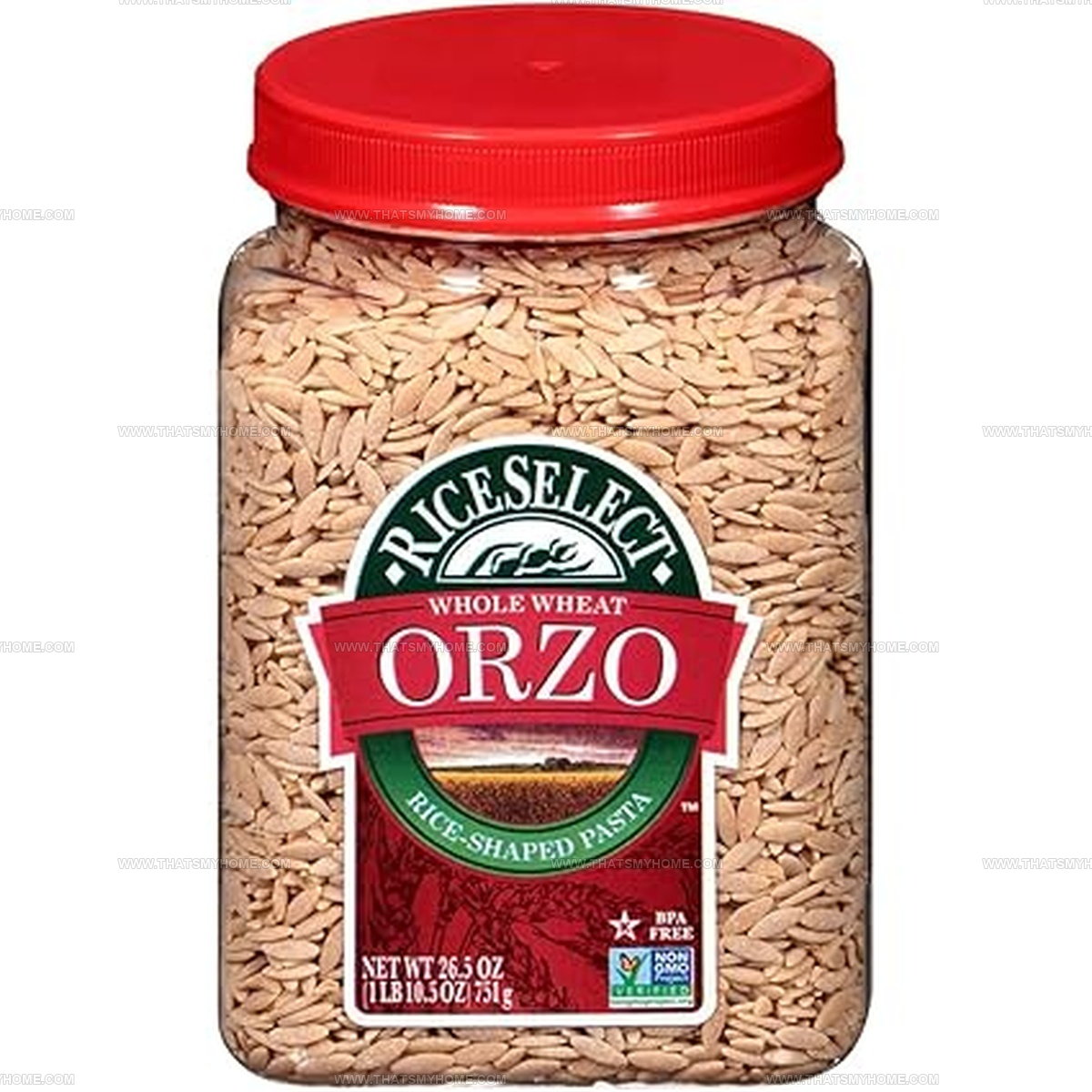
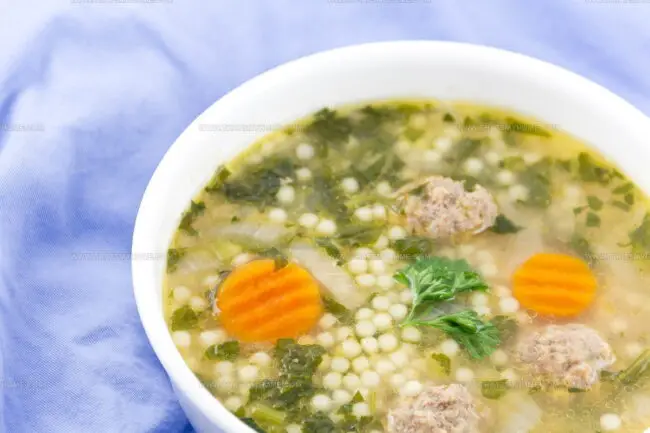
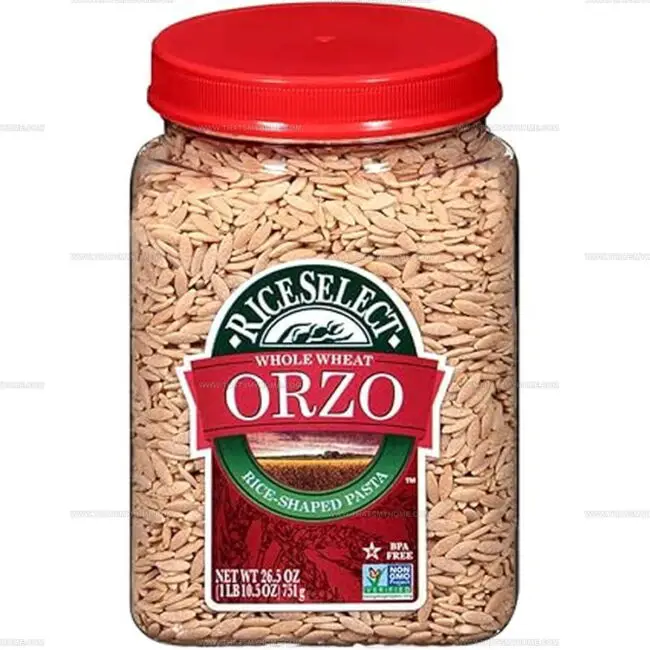
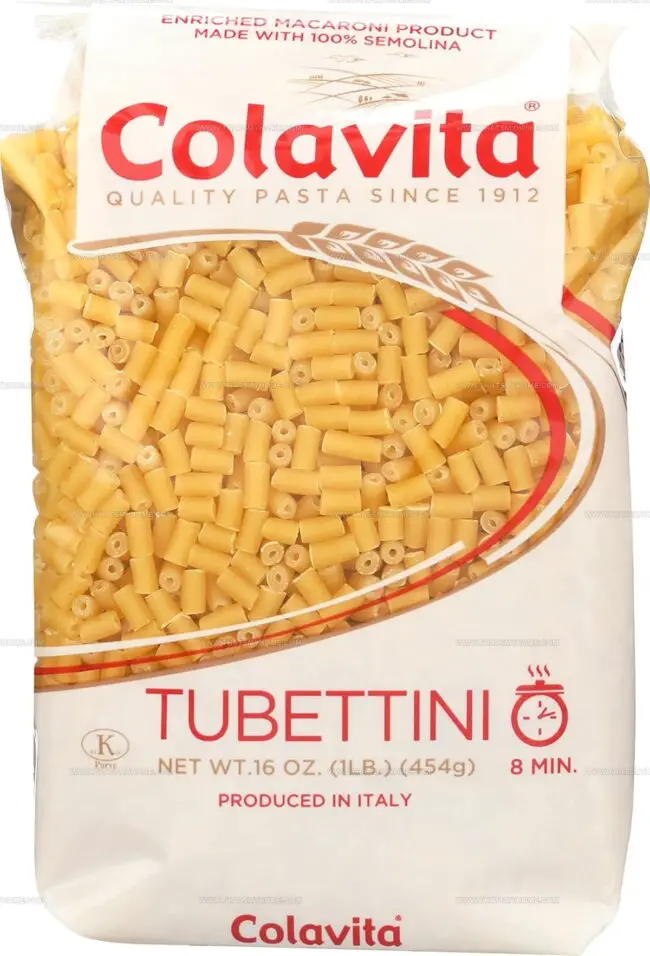
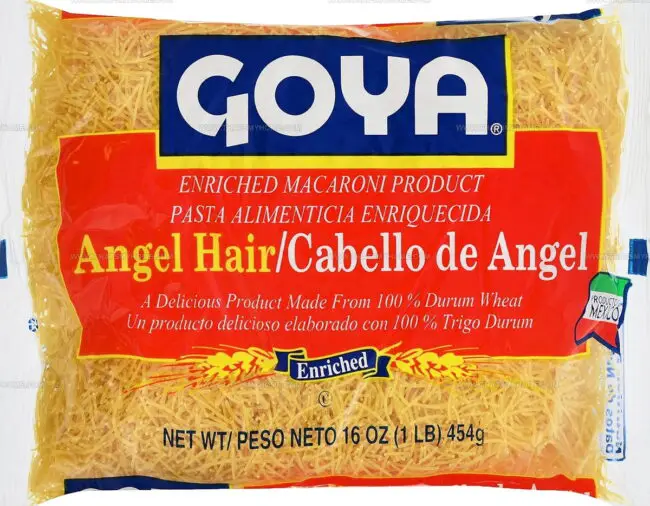
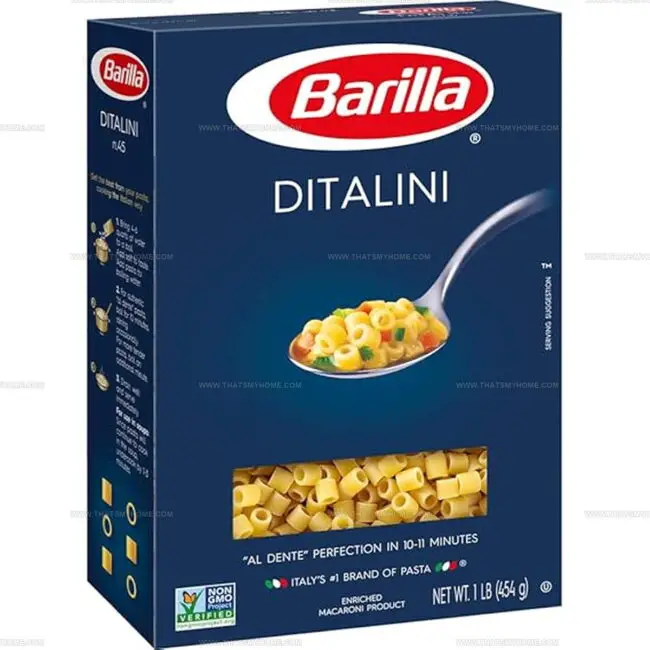
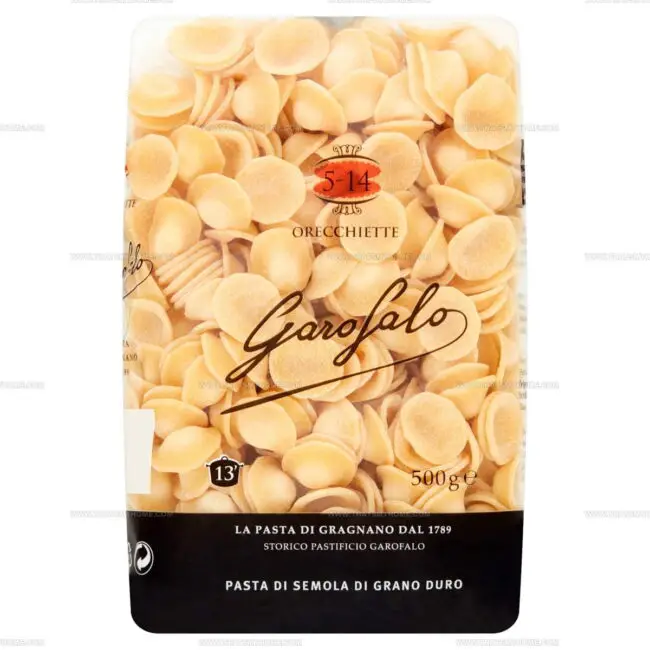
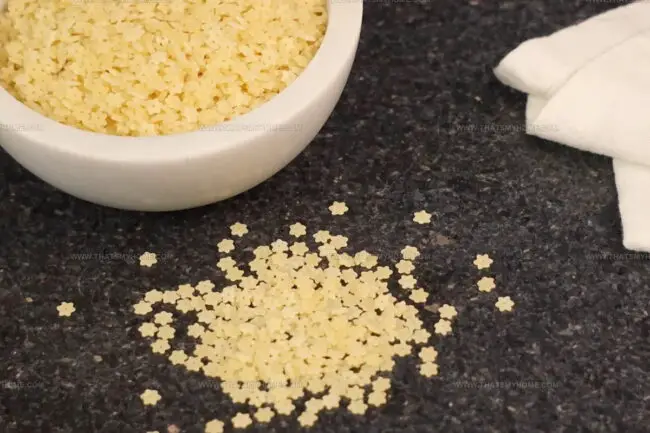
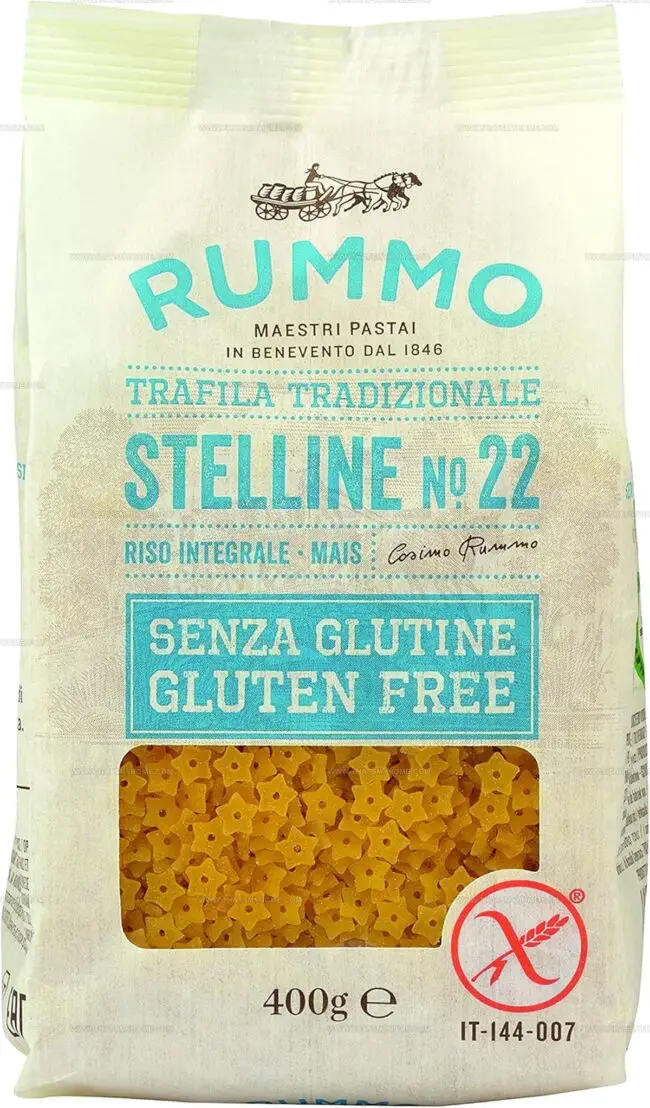


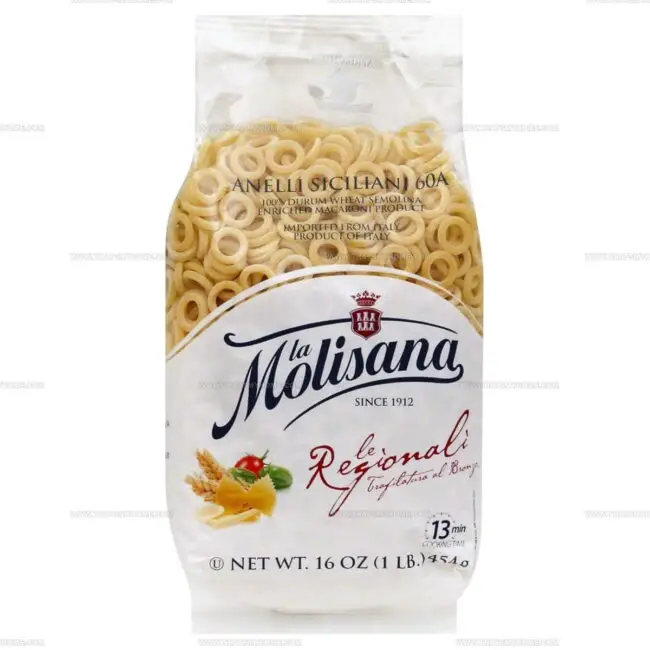
Michael Rivera
Co-Founder & Culinary Instructor
Expertise
Education
The French Culinary Institute (now part of the International Culinary Center)
Michael Rivera is a seasoned chef and culinary instructor based in San Francisco, CA. Trained in Classic Culinary Arts at The French Culinary Institute, he refined his skills in Michelin-starred kitchens, mastering classic French techniques and artisanal bread baking.
Passionate about making gourmet methods accessible, Michael co-founded thatsmyhome.com to share his expertise through interactive online lessons and innovative, plant-based recipes. He loves blending traditional techniques with modern ideas, encouraging home cooks to enjoy the art of cooking in a relaxed, fun environment.